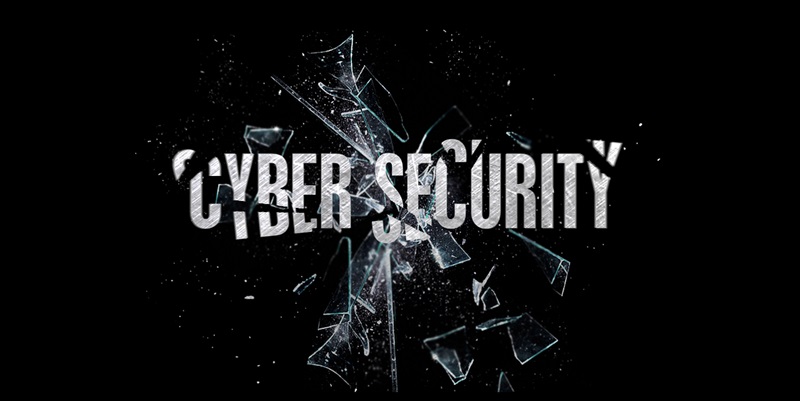In today’s rapidly evolving digital landscape, cyberattacks have become increasingly sophisticated, posing a significant threat to organizations worldwide. The utilization of GenAI technologies by cybercriminals has expedited the identification of vulnerable targets, enabling them to launch ransomware attacks with greater ease and sophistication. This article explores the growing importance of logs in cybersecurity, the limitations of traditional security measures, the transition away from firewall and VPN technology, the rise of zero-trust architecture, the adoption of zero-trust-based segmentation, the role of SD-WAN in cybersecurity, and the increasing engagement of key stakeholders in driving cybersecurity initiatives.
The Importance of Logs in Cybersecurity
In the face of mounting cyber threats, enterprises generate a vast amount of logs containing signals that could indicate potential attacks. These logs, often overlooked, hold valuable insights into the security landscape and can act as an early-warning system for identifying and mitigating potential threats. By effectively analyzing these logs, organizations can enhance their incident response capabilities and bolster their overall cybersecurity posture.
Limitations of Traditional Security Measures
Despite significant investments in firewalls and VPNs, organizations often find that their security posture remains vulnerable. This realization stems from the inherent security risks associated with firewall-based approaches and the false sense of security they provide. Cybercriminals have evolved their tactics, rendering traditional security measures less effective. Organizations must recognize the need for alternative approaches to stay ahead of the ever-evolving threat landscape.
Transition Away from Firewall and VPN Technology
In response to the limitations of traditional security measures, customers are shifting away from firewalls and VPNs as their main security technologies. Organizations are coming to understand that relying solely on perimeter-based defenses is no longer sufficient in safeguarding their critical assets. Instead, they are exploring innovative solutions that can adapt to dynamic and distributed environments more effectively.
The Rise of Zero-Trust Architecture
The upcoming years will witness a significant acceleration in the adoption and implementation of zero-trust architecture. This innovative approach challenges the traditional assumption that everything within the network perimeter is trustworthy. Zero-trust architecture operates on the principle of continuously verifying and validating each user and device attempting to access resources, enforcing least-privilege access controls, and monitoring network activity. This concept has paved the way for what some call “firewall-free enterprises.”
Broader Adoption of Zero-Trust-Based Segmentation
Moving into 2024 and beyond, we anticipate a broader adoption of zero-trust-based segmentation. This segmentation strategy divides networks into smaller, more manageable segments, reducing the attack surface and mitigating lateral movement within the network. By implementing zero-trust principles at the network level, organizations can better protect sensitive data and critical assets from potential breaches.
The Role of SD-WAN in Cybersecurity
SD-WAN (Software-Defined Wide Area Network) has emerged as a game-changer in enterprise networking, providing cost-saving benefits by utilizing the internet as a cheaper transport option. However, in the context of cybersecurity, SD-WAN holds immense potential. Adopting a zero-trust approach to SD-WAN ensures that users are not directly connected to the network. Instead, it establishes point-to-point connections between users and applications, effectively eliminating lateral threat movement.
Increasing Engagement of Key Stakeholders
Recognizing the potential damage that cyber breaches can cause to businesses, key stakeholders are becoming far more engaged in cybersecurity initiatives and decision-making processes. This shift signifies a growing awareness of the cyber risk landscape and the need for proactive measures to safeguard critical assets. From executive leaders to IT professionals, stakeholders must collaborate and prioritize cybersecurity to stay resilient.
Catalyst for Board Involvement in Cybersecurity
With the introduction of new SEC disclosure requirements, boards of directors are compelled to become more engaged in driving cybersecurity initiatives within their companies. These requirements bring cybersecurity into the spotlight, heightening the importance of mitigating risks and protecting shareholder value. Boards are now obligated to oversee and report on cybersecurity strategies, ensuring they align with business objectives and effectively address potential threats.
As organizations grapple with increasingly sophisticated cyber threats, the adoption of zero-trust architecture and zero-trust-based segmentation has become imperative. These approaches challenge traditional security measures and offer enhanced protection in an ever-changing threat landscape. Additionally, the engagement of key stakeholders, driven by new regulations, is vital in strengthening cybersecurity initiatives and ensuring the long-term resilience of organizations. Embracing these trends and empowering proactive cybersecurity measures will be paramount in safeguarding critical assets and staying one step ahead of cybercriminals.

